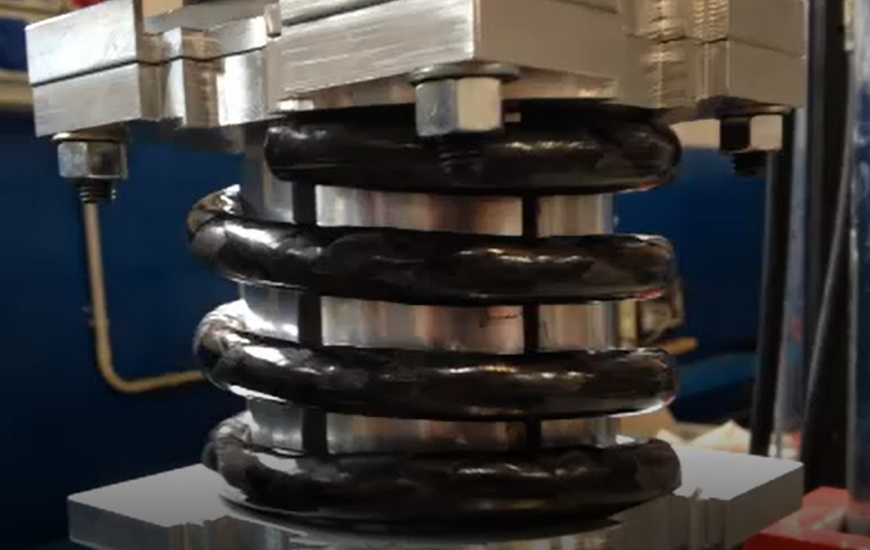by CRISTIANO FRAGASSA and ANA PAVLOVIC*
Composite materials offer several advantages, including high versatility in design: it is enough, for example, to modify a stratification to obtain quite different properties. However, this opportunity is likely to be of little use if it is not supported by an adequate design optimization technique. For this purpose, finite element software is often used, enhanced by specific tools for composites and automatic optimization. Ansys Workbench, for instance, even allows you to automatically choose the best arrangement of the fibers (e.g., as directions).
But all this also means that anyone who needs to optimize a composite component would have a lot to learn, including the need to equip themselves with advanced calculation codes. It was therefore decided to evaluate an alternative approach here, based on expert systems and machine learning (ML).
For this purpose, we decided to focus on a specific component, very interesting for its complexity: a composite spring. This spring is defined (if rectangular, e.g.) by 5 geometric parameters: width and height of the section, diameter and pitch, overall length. From these parameters it is possible to obtain its volume and, knowing the (average) density of the material, its mass. On the other hand, it is not possible to derive the stiffness which is a function not only of the materials used, but also of the stratification (e.g., layer thickness, fiber orientation, etc.). The same dependence also applies to other important aspects, such as stresses, deformations and compliance with failure conditions.
What can an Artificial Intelligence (AI) algorithm do once it is properly trained? The short answer is that AI can predict, inside a margin of error, one parameter when all the others are known. It therefore allows you to quickly evaluate and compare different design hypotheses ('what would be the value of this parameter if the others assumed the values of ...').
Even a parametric simulator can do this, of course. However, by an ML algorithm you can work differently: 1. no longer through structural calculations, used only at the beginning to train the algorithm, but for 'similarity' through a 'pattern recognition' approach; 2. with a better accuracy in controlling predictions since to a greater ability to supervise ML 'classifiers'.
The use of expert systems in the design of composites is still rather marginal and it is not possible to be sure about their convenience but, considering what is happening in other technological areas, it seems plausible. Our initial attempt included to the use of an expert system (from Orange Data Mining) which, 'educated' by less than 100 simulations, attributable to 4 continuous parameters, discretized through 12x26x19x15 values for 88,000 possible combinations, were able to identify targets design with an accuracy greater than 94% in the case of 'category' indication (eg best stratification between different proposals) and 88% in the case of 'numerical values' (eg dimensions).
Actually, our spring is characterized by no less than 8 design parameters for which it is necessary to proceed through a stratification of decisions. In this the expert algorithm does not need data as much as information: it is of little use, in fact, to add data if they do not bring new patterns with them.
For instance, from our tests it emerged that adding a parameter linked to one already present showed a negligible improvement in the accuracy of the predictions (<1%). Instead, information that would seem only consequential to the design choices, can intervene by helping predictions. For instance, in case of the maximum principal stress, it does not use to represent a real design parameter, but only an aspect to be verified. However, this element makes the algorithm more accurate (+ 8%) offering new recognition schemes to the expert algorithm.
At this point, anyone who needed to design a similar composite spring would not need any particular knowledge, nor structural calculation programs, but only the link to the expert system.
Acknowledgments: this research was funded by the Italian Ministry of Foreign Affairs and International Collaboration within the 'Two Seats for a Solar Car' project and promoted inside the Central European Initiative as part of the 'Composite for All' and 'ATC.EVO' technology transfer actions.
Figure. Composite spring fatigue test (courtesy E. Poodts, R. Palazzetti)
* Dept. Industrial Engineering, University of Bologna
-

-
08 July 2021






















